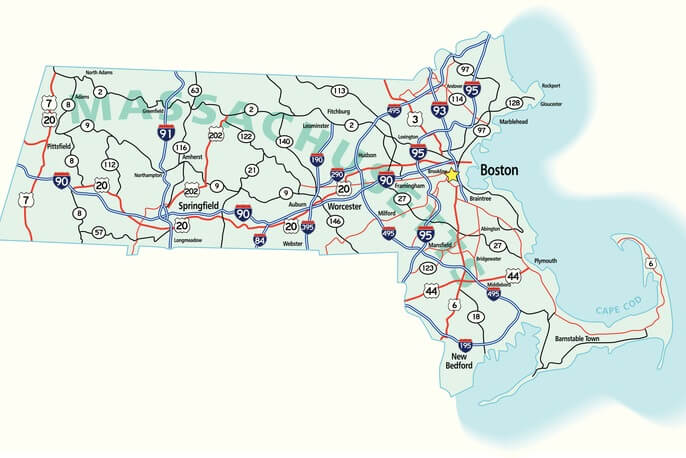Providence, R.I.-based Deepwater Wind, developer of the U.S.’ first offshore wind farm, has unveiled its latest plans, a 144 MW offshore wind farm paired with a 40 MWh battery storage system from Tesla.
According to CEO Jeffrey Grybowski, Revolution Wind would be the “largest combined offshore wind and energy storage project in the world.”
The proposal is in response to Massachusetts’ request for new sources of clean energy, as laid out in its Act to Promote Energy Diversity. (More on the other proposals submitted so far can be found here.)
Deepwater Wind says it also provided alternative bids for a larger, 288 MW version and a smaller, 96 MW version of Revolution Wind.
“Revolution Wind is flexible and scalable. That’s a serious advantage of offshore wind – we can build to the exact size utilities need,” Grybowski says. “We can build a larger project if other New England states want to participate now, or we can start smaller to fit into the region’s near-term energy gaps. And our pricing at any size will be very competitive with the alternatives.”
Deepwater Wind would build Revolution Wind in the company’s federal lease site off the coast of Massachusetts. The site is located 30 miles from the mainland and about 12 miles south of Martha’s Vineyard. The wind farm would be adjacent to Deepwater Wind’s proposed South Fork Wind Farm, a 90 MW project that would serve Long Island. The entire lease site has the potential to host 2 GW of offshore wind energy, the company notes.
Deepwater Wind also announced that it will be the first offshore wind company to base construction and operations in the city of New Bedford, Mass. The company plans to locate final turbine assembly and staging operations at the New Bedford Marine Commerce Terminal. In addition, Revolution Wind’s long-term operations and maintenance center will be in the city. In turn, the developer expects that the project would create hundreds of local jobs in the commonwealth.
The company says Revolution Wind’s wind-storage pairing would allow the commonwealth to meet two policy goals. First, by reliably delivering clean energy – backed up with energy storage – during times when the grid needs it most, Revolution Wind would help defer the need to construct costly new peaking generating facilities and controversial transmission lines.
Second, Revolution Wind would advance offshore wind development in Massachusetts by providing an avenue to launch the new industry with an initial, smaller-scale project and phase in larger projects in close succession. This way, the commonwealth’s ratepayers would benefit from increased competition and declining costs, and the regional supply chain would steadily mature, the developer says.
Notably, according to Deepwater Wind, Revolution Wind could be built in a single construction season and be developed more cost-effectively with considerably less risk than a larger project.
If the project is approved, local construction work on Revolution Wind would begin in 2022, and the project would begin operations in 2023. Survey work is already under way at Deepwater Wind’s lease area.
Deepwater Wind also intends to submit an offshore wind proposal under Massachusetts’ separate 83C offshore wind request for proposals; those bids are due in December 2018.
“People may be surprised by just how affordable and reliable this clean energy combo will be,” Grybowski adds. “Offshore wind is mainstream, and it is coming to the U.S. in a big way.”




